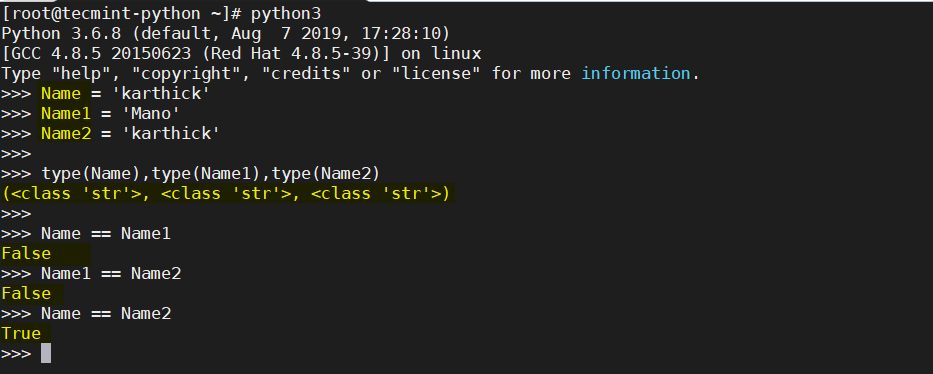map() is a built-in function in Python that applies a function to all elements in a given iterable. It allows you to write simple and clean code without using loops. Python map() Function # The map() function takes the following form: map(function, iterable, …) It accepts two mandatory arguments: function – Function that is called
python - Page 3 of 3 - DesignLinux
How to Install OpenCV on Ubuntu 20.04
OpenCV (Open Source Computer Vision Library) is an open-source computer vision library with bindings for C++, Python, and Java and supports all major operating systems. It can take advantage of multi-core processing and features GPU acceleration for real-time operation. OpenCV is used for a wide range of applications, including medical image analysis, stitching street view
How to Install TensorFlow on Ubuntu 20.04
TensorFlow is a free and open-source platform for machine learning built by Google. It is used by a number of organizations, including Twitter, PayPal, Intel, Lenovo, and Airbus. TensorFlow can be installed system-wide, in a Python virtual environment, as a Docker container, or with Anaconda. This tutorial explains how to install TensorFlow in a Python
How to Comment in Python
When writing Python code, it is always a good practice to make your code clean and easily understandable. Organizing the code, giving variables and functions descriptive names are several ways to do this. Another way to improve the readability of your code is to use comments. A comment is a human-readable explanation or annotation that
Parsing JSON Data in Python
JSON is a human-readable text-based data format. It is language independent and used for data interchange between applications. In this article, we’ll explain how to parse JSON data in Python. Python JSON # The json module that allows you to encode and decode JSON data is a part of the Python standard library. JSON is
Python Modulo Operator
The modulo operation is an arithmetic operation that finds the remainder of the division of one number by another. The remainder is called the modulus of the operation. For example, 5 divided by 3 equals 1, with a remainder of 2, and 8 divided by 4 equals 2, with a remainder of 0. Python Modulo
How to Add Elements to a List in Python (append, extend and insert)
When working with lists in Python, you will often want to add new elements to the list. The Python list data type has three methods for adding elements: append() – appends a single element to the list. extend() – appends elements of an iterable to the list. insert() – inserts a single item at a
Python List Sort
Sorting data is one of the most common tasks when working with Python. For example, you may want to sort a list of team members by name, or a list of projects in order of priority. This article describes how to sort lists in Python. Python sort() and sorted() # In Python, you can sort
How to Install OpenCV on Debian 10 Linux
OpenCV (Open Source Computer Vision Library) is an open source computer vision library with bindings for C++, Python, and Java and supports all major operating systems. In this tutorial, we will show you how to install OpenCV on Debian 10 system. OpenCV can be deployed on various platforms, including Windows, Linux, Android, iOS, etc. The
Learn Python Identity Operator and Difference Between “==” and “IS” Operator
This article is mainly curated to explain an important operator in python (“IDENTITY OPERATOR”) and how an identity operator differs (is, is not) from comparison operator (==). IDENTITY OPERATOR Identity operator (“is” and “is not”) is used to compare the object’s memory location. When an object is created in memory a unique memory address is


